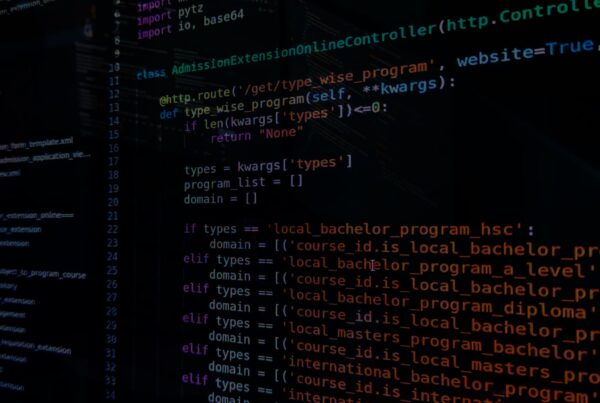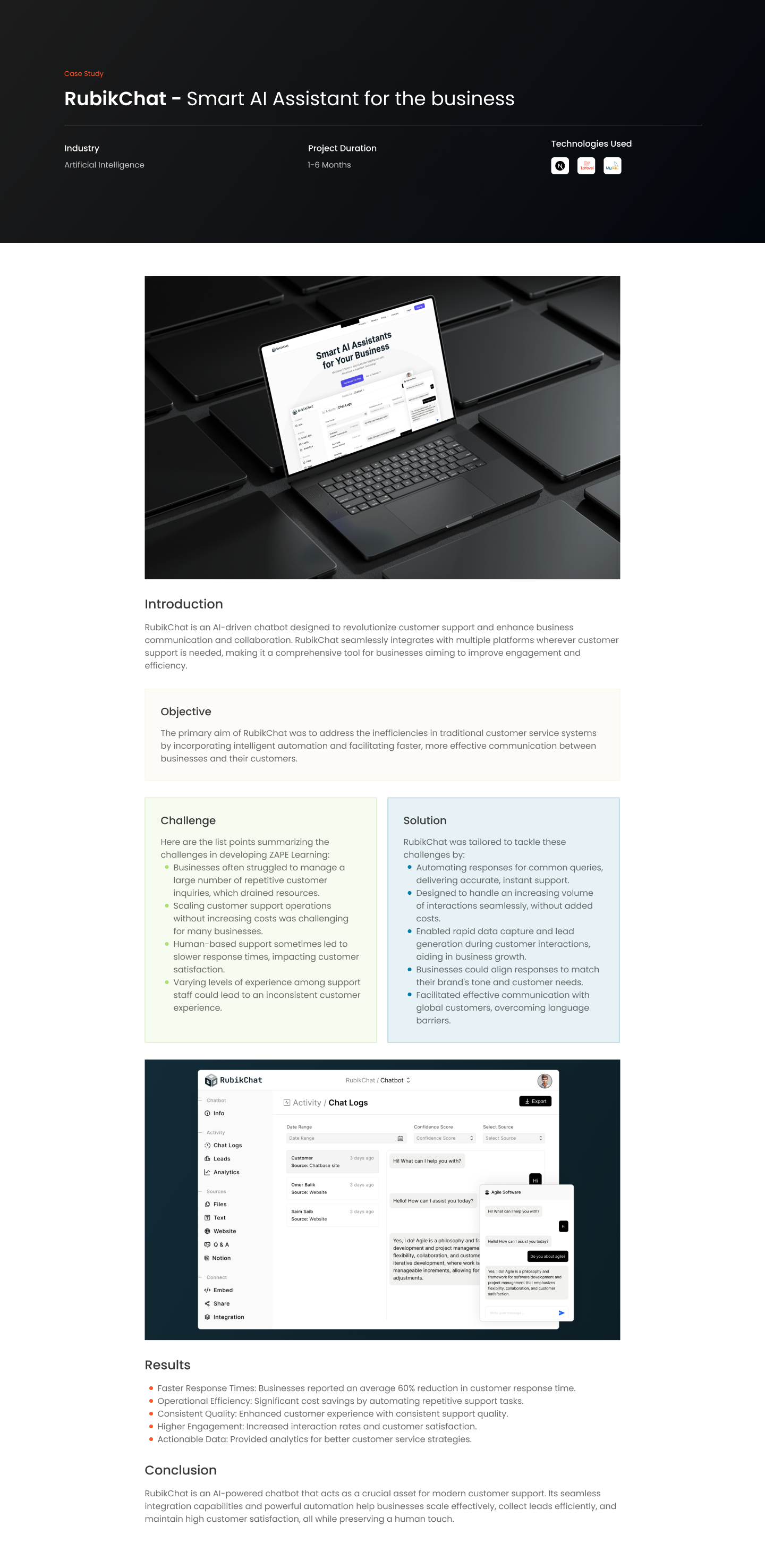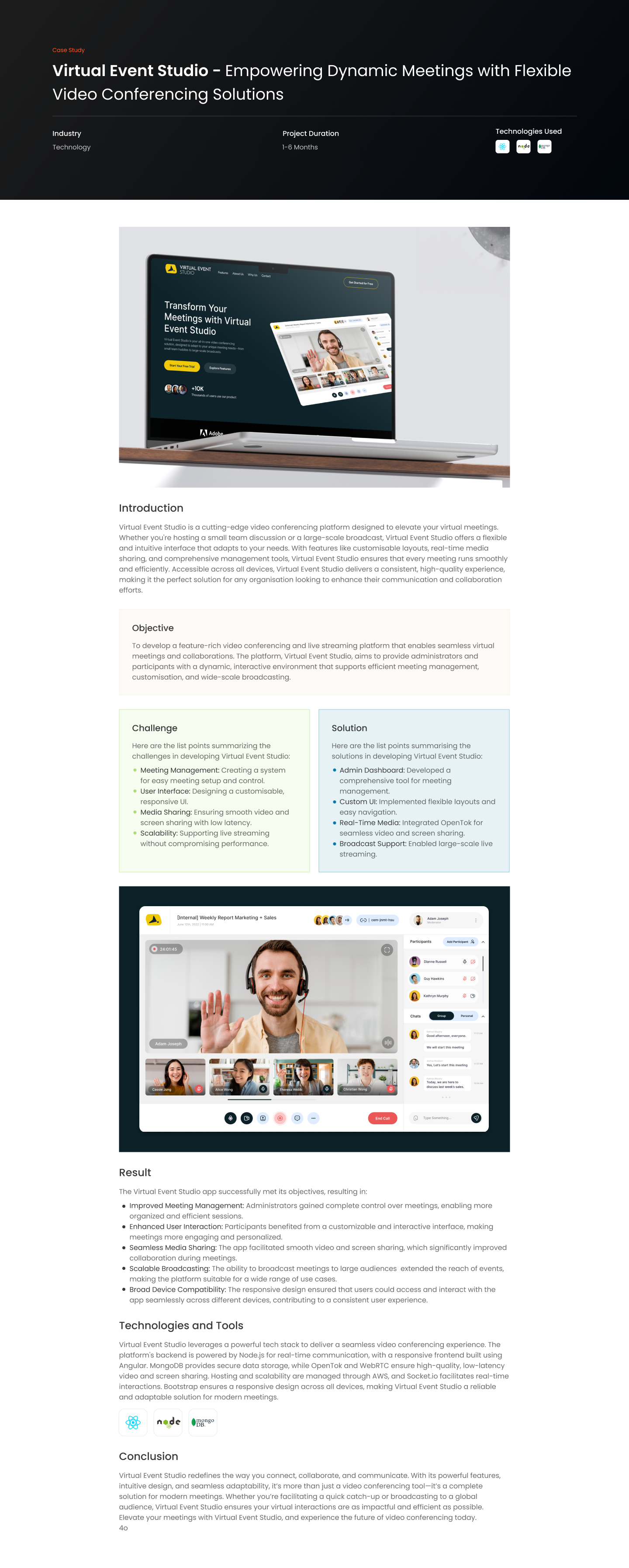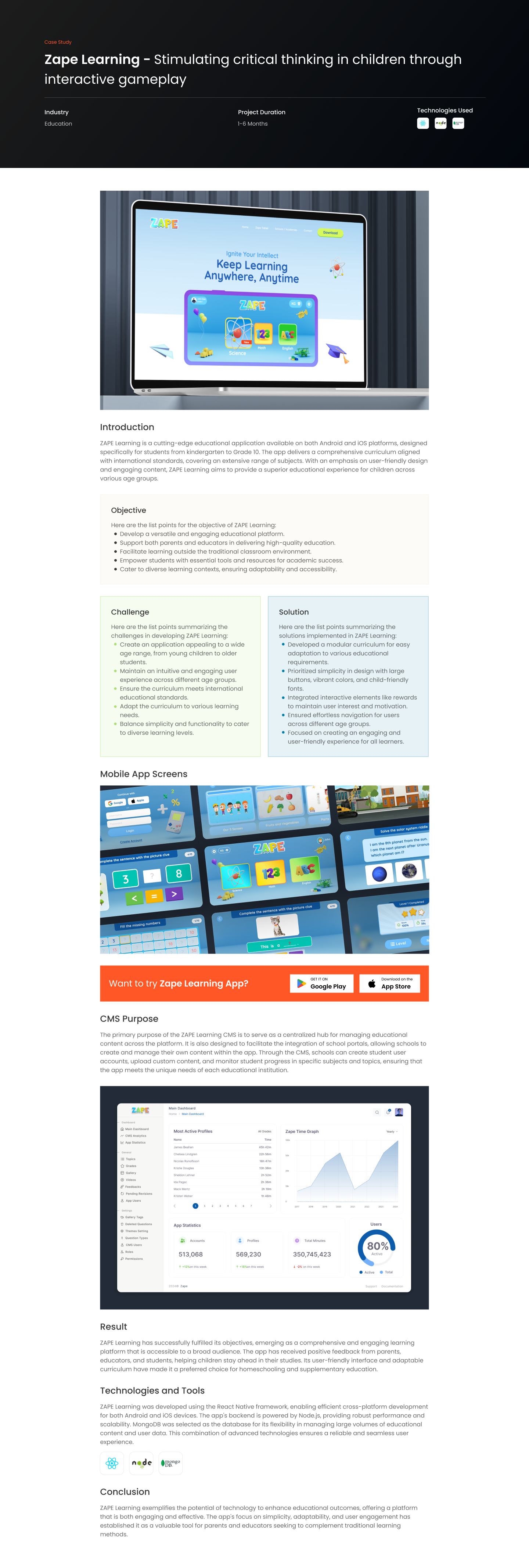Introduction
In the fast-paced world of software development, ensuring the quality and reliability of software
systems is paramount. Verification and validation (V&V) are two critical processes that play a significant
role in achieving these goals. This blog explores the recent advancements in V&V in 2024, their
importance, and practical tips for implementing them effectively in your projects.
Understanding Verification and Validation
Verification and validation are often used interchangeably but refer to distinct processes in software
development:
Verification: This process ensures that the software meets the specified requirements and
design specifications. It involves activities like reviews, inspections, and testing to check that the
software is built correctly.
Validation: This process ensures that the software meets the needs and expectations of the end
users. It involves testing the software in real-world scenarios to confirm that it performs its intended
functions effectively.
Recent Advancements in Verification and Validation
- Model-Based Verification:
Model-based verification involves using formal models to represent the expected behavior of a
system. Tools like Simulink and MATLAB are increasingly used to create these models, which can then be verified against the software implementation. This approach helps identify discrepancies early in the development process, reducing the risk of defects. - Automated Testing Frameworks:
Automated testing has seen significant advancements, with frameworks like Selenium, JUnit, and
TestNG offering robust solutions for functional and regression testing. These frameworks enable
continuous testing and integration, ensuring that any changes to the codebase do not introduce new defects. - AI-Driven Testing:
Artificial intelligence and machine learning are transforming the landscape of software testing. AI-driven testing tools can predict potential areas of failure, prioritize test cases, and even generate new test scenarios based on usage patterns. Tools like Testim and Applitools are leading this innovation. - Shift-Left Testing:
Shift-left testing emphasizes early testing in the software development lifecycle. By integrating
testing activities from the earliest stages of development, teams can identify and address issues sooner, resulting in higher quality software and shorter development cycles. - Continuous Validation:
Continuous validation involves ongoing testing and validation throughout the software development
and deployment process. This approach ensures that the software remains reliable and meets user
needs even as it evolves. Continuous integration/continuous deployment (CI/CD) pipelines play a crucial role in enabling continuous validation.
Importance of Verification and Validation
- Enhancing Software Quality:
V&V processes help identify and rectify defects early, improving the overall quality of the software.
This leads to more reliable and stable systems that meet user expectations. - Reducing Development Costs:
By catching issues early, V&V can significantly reduce the cost of fixing defects. The later a defect is
discovered, the more expensive it is to resolve. Effective V&V processes help avoid these late-stage
surprises. - Ensuring Compliance:
For industries with stringent regulatory requirements, such as healthcare and finance, V&V are
essential for ensuring compliance with standards and regulations. This helps avoid legal issues and
ensures that the software is safe and reliable for users. - Improving User Satisfaction:
Validation ensures that the software meets the actual needs of users, leading to higher satisfaction
and better adoption rates. It helps create a product that is not only functional but also user-friendly and effective in solving real-world problems.
Practical Tips for Effective Verification and Validation
- Integrate V&V Early:
Start verification and validation activities as early as possible in the development process.
Incorporate these practices into your agile or DevOps workflows to catch issues sooner. - Leverage Automation:
Use automated testing tools to increase the efficiency and coverage of your testing activities.
Automation helps ensure that tests are consistently executed and can quickly identify regressions. - Adopt Model-Based Approaches:
Consider using model-based verification to create formal representations of your system’s expected
behavior. This approach can help uncover design flaws and discrepancies early. - Focus on Continuous Validation:
Implement continuous integration and continuous deployment (CI/CD) pipelines to support ongoing
validation. This ensures that your software remains reliable and meets user needs even as it evolves. - Engage Stakeholders:
Involve end users and other stakeholders in the validation process to ensure that the software
meets their needs and expectations. User feedback is invaluable for identifying usability issues and areas for improvement.
Conclusion
Verification and validation are critical components of software development that ensure the quality,
reliability, and user satisfaction of software systems. The advancements in V&V in 2024, from AI-driven
testing to model-based verification, offer new opportunities to enhance these processes. By integrating
V&V early, leveraging automation, and focusing on continuous validation, organizations can build robust
software that meets the highest standards of quality and reliability.











